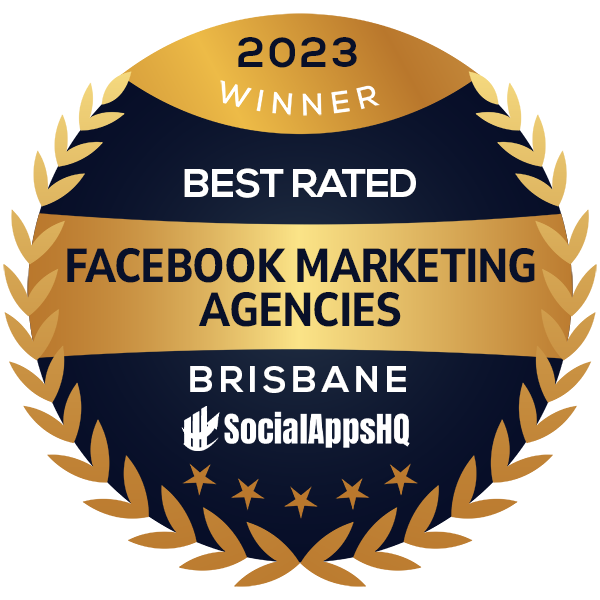
Marketing is a bit of a mystery for many small business owners. After all, most of us didn’t go into business to market and sell, but to do whatever we are great at and love doing.
But when we break it down, marketing really isn’t such an overly complicated thing. There are very specific steps you can follow to implement a successful marketing strategy in your business and set yourself up for success. More specifically, there are four pieces to the marketing puzzle.
The big marketing mistake
Most business owners make the mistake to try and “close” people before they are ready to buy. You can see this reflected in most advertising. Whether that’s on TV, on the radio, in magazines or online ads, the message is pretty much always “buy our product now!”.
But before someone is ready to do business with you, we should consider a couple of other steps and implement a system that helps us to turn strangers into visitors, visitors into leads and leads into customers.
Free Download: The 4 stages of a complete inbound marketing strategy

Let me explain each stage in a little more detail.
1. Attract
First of all, every business needs the ability to continuously attract new potential customers. No customer, no business. It’s pretty self-explanatory. We need to have visitors before we can have customers — whether that’s online or in-store.
Ways to increase traffic and get more visitors
- Have a great website
- Share valuable and relevant information on your blog
- Search Engine Optimisation to attract organic traffic
- Engaging Social Media Content (with the goal to drive people back to your website/blog)
- Paid advertising (i.e. Facebook ads, Google ads, print ads, TV ads, radio ads etc.)
- Joint Ventures (partnering with complementary businesses to help each other grow)
2. Convert
Secondly, we need to be able to somehow “capture” these potential customers, so that we can reach out to them again to build a relationship with them. This is where we talk about leads. People who have given us permission to contact them, but haven’t bought from us yet.
Ways to convert visitors into leads
- Offer a free download (i.e. e-book, checklist, cheat sheet, discount voucher, video etc.)
- Use optimised landing pages to increase your conversion rate
- Split-test your free offer to identify the most effective one
- Re-targeting ads to past visitors
3. Close
Thirdly, and probably most importantly, we need to be able to turn these leads into actual customers. Because all the visitors and leads in the world won’t help if we can’t get them to buy our product or service.
Ways to turn leads into customers
- Use automated email sequences to nurture your leads and help them with their buying decision
- Keep educating your leads to increase their understanding and awareness
- Send out irresistible offers that will get people to take action
- Use multiple channels to initiate a conversation with prospects
- Re-targeting ads designed to move your leads closer to the purchase
Now, this is where most businesses stop. But there’s one more crucial step that makes your marketing strategy so much more effective.
4. Delight
Would your customers buy from you again? This is an important question that you should be able to confidently answer with a big fat “yes”. You want to wow your customers and aim to over-deliver, so that the great customer experience you deliver will be reflected in customer reviews, repeat business and word-of-mouth.
Ways to turn customers into advocates
- Deliver a great and consistent customer experience
- Aim to over-deliver and surprise your customers
- Collect feedback to constantly improve your product or service
- Invite those who gave great feedback to leave reviews on Google, Facebook or TripAdvisor
- Showcase customer testimonials on your website and social media channels
This fourth step will close the cycle and, in turn, generate even more organic traffic, leads and customers, ultimately helping you to grow your business perpetually.
With these four elements in place, you will have built a strong marketing foundation that will allow you to take your business to new heights and maximise your return on every marketing activity in your business.


